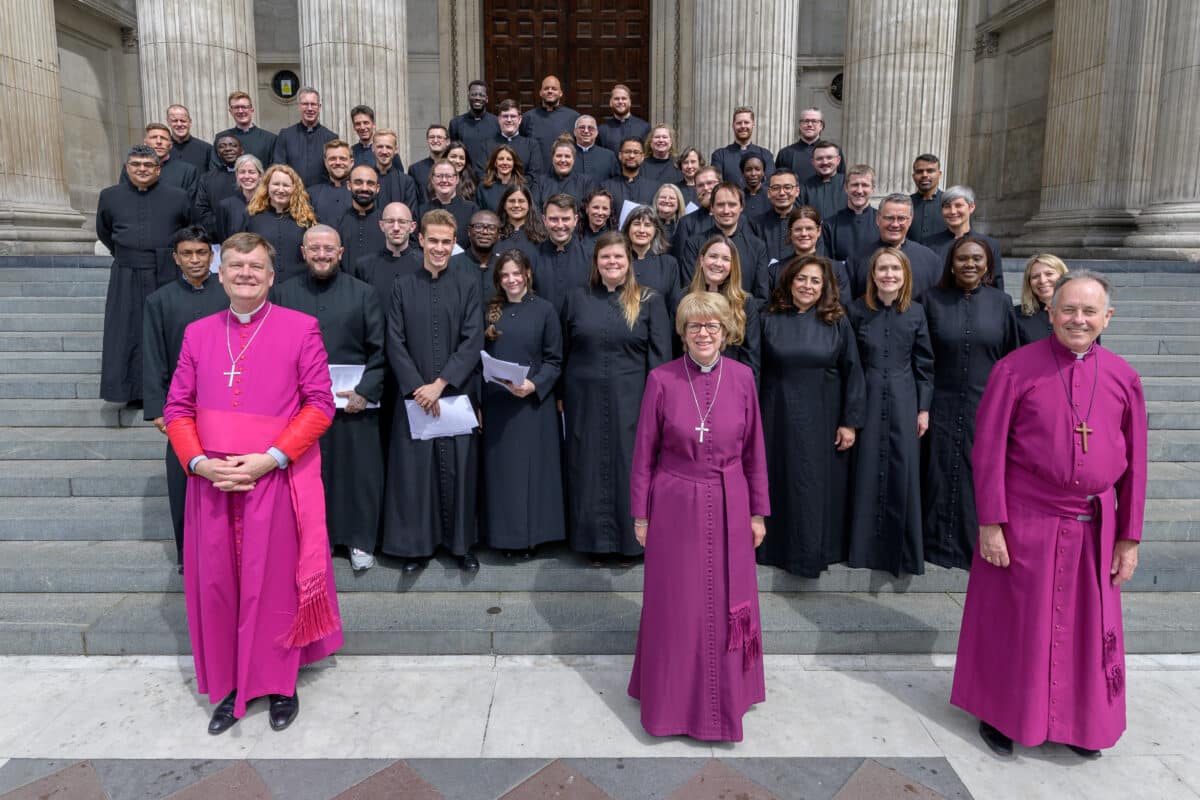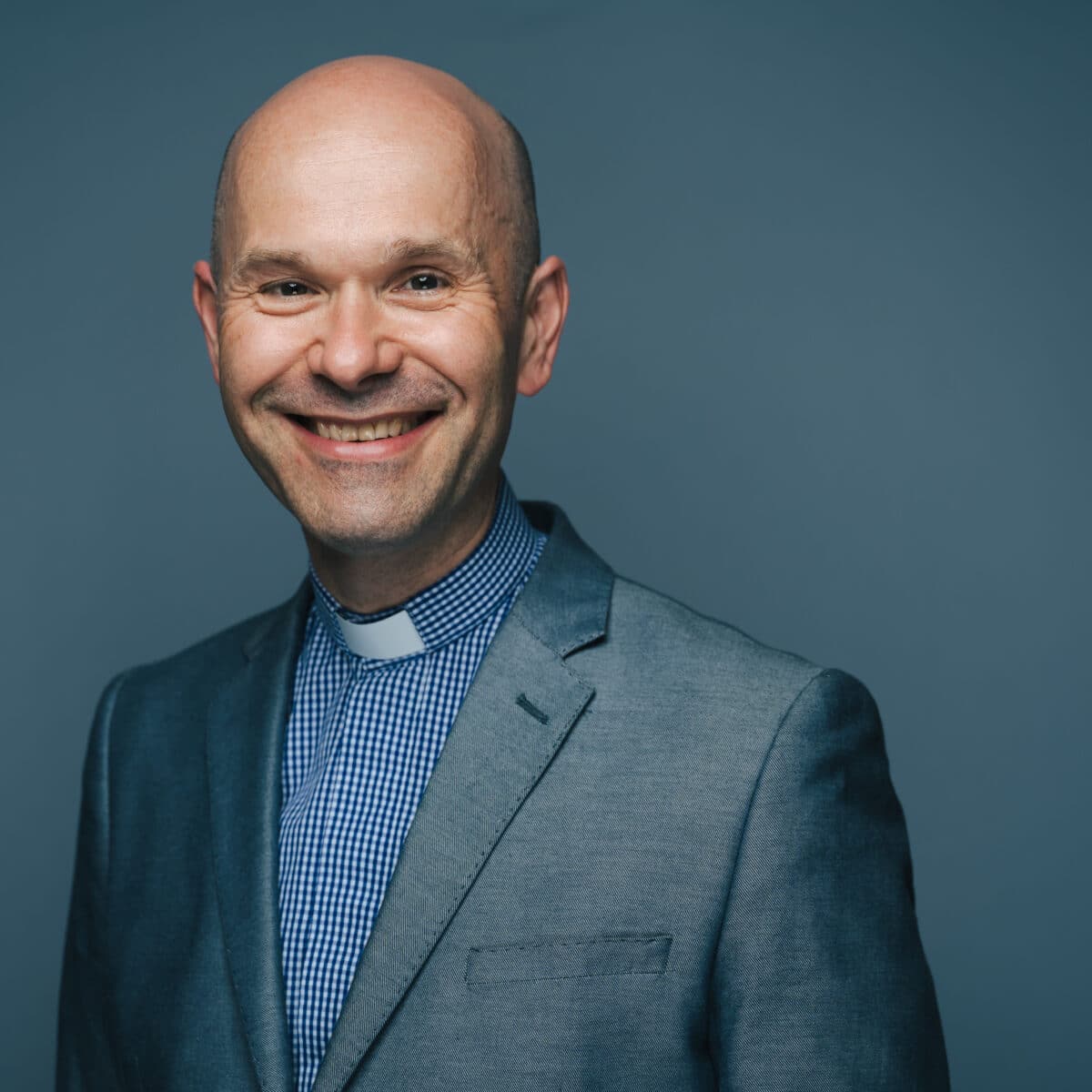This page is for current and potential Training Incumbents.
Are you a curate?
Everything curates need, including an overview of IME2, is provided via the Curates’ Handbook. All submission of work and assessments takes places via Moodle.
Curates in the Diocese of London will have a Moodle account created for them and details sent via email shortly after Petertide (or upon starting their role in the diocese). If you have not received any access details about your Moodle account yet and you are on the Diocese of London’s IME2 programme, please get in touch with your Area Director of IME2 as soon as possible.
IME2 Training Incumbents' Handbook
Please read the handbook in full, prior to the arrival of a curate. These guidelines are based on guidance from the London Diocese’s College of Bishops and the national Church of England.

